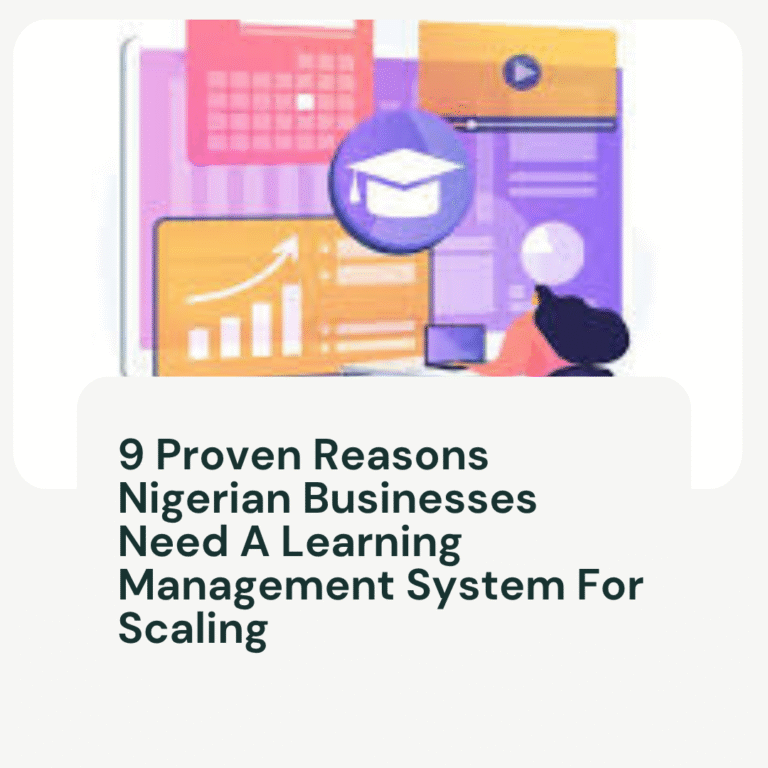
Cultivating inclusion in the contemporary and global working environment is not only a matter of ethical responsibility but also a question of effectiveness. Every business has the potential to increase organizational effectiveness, valuing diversity can help to let talent soar, stimulate imagination, and boost employee morale. This present article discusses the following topics: what it is like to have inclusion in the workplace, examples and supporting information on the concept, advantages of including individuals in the workplace, and lastly, implementation of inclusion.
Types of Analysis and the Assessment of Inclusion in the Workplace
Workplace integration is the process of making a workplace where every employee can become productive, and have his/her rights of representation protected and justice. Whereas diversity will merely set up people with different traits like race, gender, age, color, sexual orientation, and disability, inclusion will make sure that those people are allowed and able to interact with the organizational processes.
Inclusion is not just about people with differences being allowed to exist where others are; it is more about their ability to feel welcome. In return, when imprinted familiarity is perceived, the employee will be willing to contribute towards the success of the organization, including sharing his/her ideas and working in a group.
Common Use of Inclusion in Industries
1. Diverse Hiring Practices
It means that different methods could be used in order to ensure that organizations working with people will have a great variety of hiring approaches. This can include:
- Blind Recruitment: Blind review of applicants where first and last names are redacted from resumes to remove results of discrimination.
- Diverse Interview Panels: Assembling a diverse pool of people to curb prejudice when they are formulating interview panels.
- Targeted Outreach: Working with organizations that work for minority groups to get the best employment for the minority.
2. Employee Resource Groups (ERGs)
ERGs are focus groups of employees working for a specific cause within an organization and for the public interest. These are cross-functional associations formed by workers and normally are focused on the diversity issues in the workplace. Examples include:
- Women’s Networks: Women and leadership and women professional advancement.
- LGBTQ+ Groups: Establishing an environment where the County’s LGBTQ+ workers can report their experience and fight for their voice.
- Cultural Organizations: Celebrating cultural diversity and promoting understanding among employees from different backgrounds.
3. Inclusive Policies and Benefits
Organizations can create inclusive policies that accommodate the needs of all employees. Examples include:
- Flexible Work Arrangements: Offering remote work options or flexible hours to accommodate different lifestyles and responsibilities.
- Parental Leave Policies: Providing equitable parental leave for all employees, regardless of gender.
- Accessibility Features: Ensuring that physical and digital workspaces are accessible to employees with disabilities.
4. Training and Development Programs
Inclusion training programs can help employees understand the importance of diversity and inclusion. Examples include:
- Unconscious Bias Training: Educating employees about implicit biases and how they affect decision-making.
- Cultural Competence Workshops: Enhancing employees’ ability to interact effectively with colleagues from diverse backgrounds.
- Leadership Development for Underrepresented Groups: Providing mentorship and training opportunities to support the advancement of diverse talent.
5. Celebrating Diversity
Recognizing and celebrating diversity within the workplace can foster a sense of belonging. This can include:
- Cultural Awareness Events: Hosting events that celebrate various cultures, such as heritage months or international festivals.
- Recognition Programs: Acknowledging employees’ contributions to diversity and inclusion efforts.
- Storytelling Initiatives: Encouraging employees to share their personal stories and experiences to promote understanding and empathy.
Benefits of Inclusion in the Workplace
Creating an inclusive workplace has numerous benefits that can positively impact both employees and organizations.
1. Enhanced Creativity and Innovation
Diversity of thought and experience leads to more creative problem-solving and innovation. When individuals from different backgrounds collaborate, they bring unique perspectives that can generate new ideas and solutions. Research shows that diverse teams are more likely to innovate and outperform homogeneous teams.
2. Improved Employee Engagement and Satisfaction
Employees who feel included are more engaged and satisfied with their work. When individuals believe their contributions are valued, they are more likely to be motivated and committed to their organization. Inclusive workplaces foster a sense of belonging, leading to lower turnover rates and higher employee retention.
3. Better Decision-Making
Inclusion leads to better decision-making processes. Diverse teams are less prone to groupthink and can evaluate options from multiple angles, resulting in well-rounded decisions. This diversity of thought can enhance strategic planning and risk management.
4. Enhanced Company Reputation
Organizations that prioritize inclusion often enjoy a better reputation in the marketplace. Customers and clients increasingly prefer to engage with companies that demonstrate social responsibility and commitment to diversity. A strong reputation can attract top talent and loyal customers, contributing to overall business success.
5. Compliance and Risk Management
Emphasizing inclusion helps organizations comply with legal and regulatory requirements related to diversity and discrimination. By fostering an inclusive workplace, companies can mitigate the risk of legal challenges and create a respectful environment for all employees.
Best Practices for Implementing Inclusion
To effectively implement inclusion in the workplace, organizations can adopt several best practices:
1. Leadership Commitment
Leadership plays a crucial role in fostering an inclusive culture. Leaders must demonstrate their commitment to diversity and inclusion through their actions and decisions. This includes:
- Setting Clear Goals: Establishing specific, measurable diversity and inclusion objectives.
- Modeling Inclusive Behavior: Demonstrating inclusive behaviors and encouraging others to do the same.
- Allocating Resources: Providing the necessary resources, such as funding and personnel, to support diversity initiatives.
2. Regular Assessments and Feedback
Organizations should regularly assess their inclusion efforts to identify areas for improvement. This can involve:
- Employee Surveys: Conducting surveys to gather feedback on the inclusivity of the workplace.
- Focus Groups: Holding discussions with employees from diverse backgrounds to understand their experiences.
- Data Analysis: Analyzing workforce demographics and turnover rates to assess the effectiveness of diversity initiatives.
3. Continuous Training and Development
Inclusion is an ongoing journey that requires continuous education and training. Organizations should:
- Provide Ongoing Training: Offer regular training sessions on topics related to diversity and inclusion.
- Encourage Lifelong Learning: Promote a culture of continuous learning to help employees develop cultural competence.
- Offer Mentorship Programs: Establish mentorship initiatives to support the development of underrepresented employees.
4. Create Safe Spaces for Dialogue
Open communication is essential for fostering an inclusive workplace. Organizations should create safe spaces for dialogue where employees can discuss their experiences and concerns. This can include:
- Anonymous Feedback Channels: Providing platforms for employees to share feedback without fear of repercussions.
- Regular Check-Ins: Encouraging managers to have one-on-one conversations with employees to understand their needs.
- Conflict Resolution Mechanisms: Establishing processes to address conflicts related to diversity and inclusion.
5. Celebrate Progress and Success
Recognizing and celebrating progress in diversity and inclusion initiatives can motivate employees and reinforce the importance of these efforts. Organizations should:
- Share Success Stories: Highlight examples of successful diversity initiatives and their impact on the organization.
- Recognize Contributions: Acknowledge employees who actively contribute to fostering an inclusive workplace.
- Host Celebratory Events: Organize events that celebrate diversity and promote a sense of community within the organization.
Conclusion
Inclusion in the workplace is essential for creating a thriving, innovative, and engaged workforce. By implementing inclusive practices, organizations can unlock the full potential of their employees, enhance creativity, and improve overall performance. The benefits of fostering an inclusive environment extend beyond individual employees; they contribute to a positive organizational culture that attracts top talent and drives business success.
As organizations continue to evolve in a diverse and globalized world, prioritizing inclusion is not merely a trend but a fundamental aspect of effective leadership and management. By committing to inclusive practices, organizations can create a workplace where every employee feels valued, respected, and empowered to contribute their best. Embracing inclusion is not just the right thing to do; it is a strategic imperative that can lead to lasting success and sustainability in today’s competitive landscape






